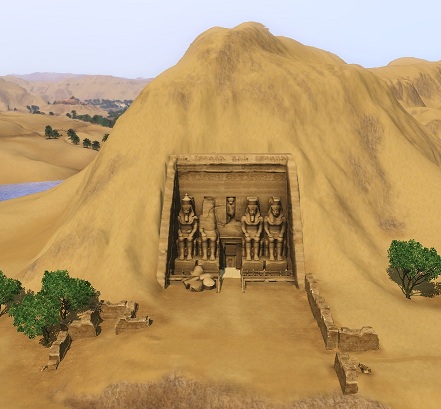

Some people identify as "without religion" (無宗教, mushūkyō), yet this does not signify irreligion. While the vast majority of Japanese citizens follow Shinto, only some 3% identify as such in surveys, because the term is understood to imply membership of Shinto sects. Spirituality and worship are highly eclectic and personalized, and religious affiliation is an alien notion. Some researchers have dismissed the idea as a non-useful tool in explaining Japanese society. Syncretic combinations of both, known generally as shinbutsu-shūgō, are common they represented Japan's dominant religious practice before the rise of State Shinto in the 19th century. An almost equally high number is reported as Buddhist. According to estimates, as many as 80% of the populace follow Shinto rituals to some degree, worshiping ancestors and spirits at domestic altars and public shrines.

Religion in Japan manifests primarily in Shinto and in Buddhism, the two main faiths, which Japanese people often practice simultaneously. A ritual at the Takachiho-gawara, the sacred ground of the descent to earth of Ninigi-no-Mikoto (the grandson of Amaterasu).


 0 kommentar(er)
0 kommentar(er)
